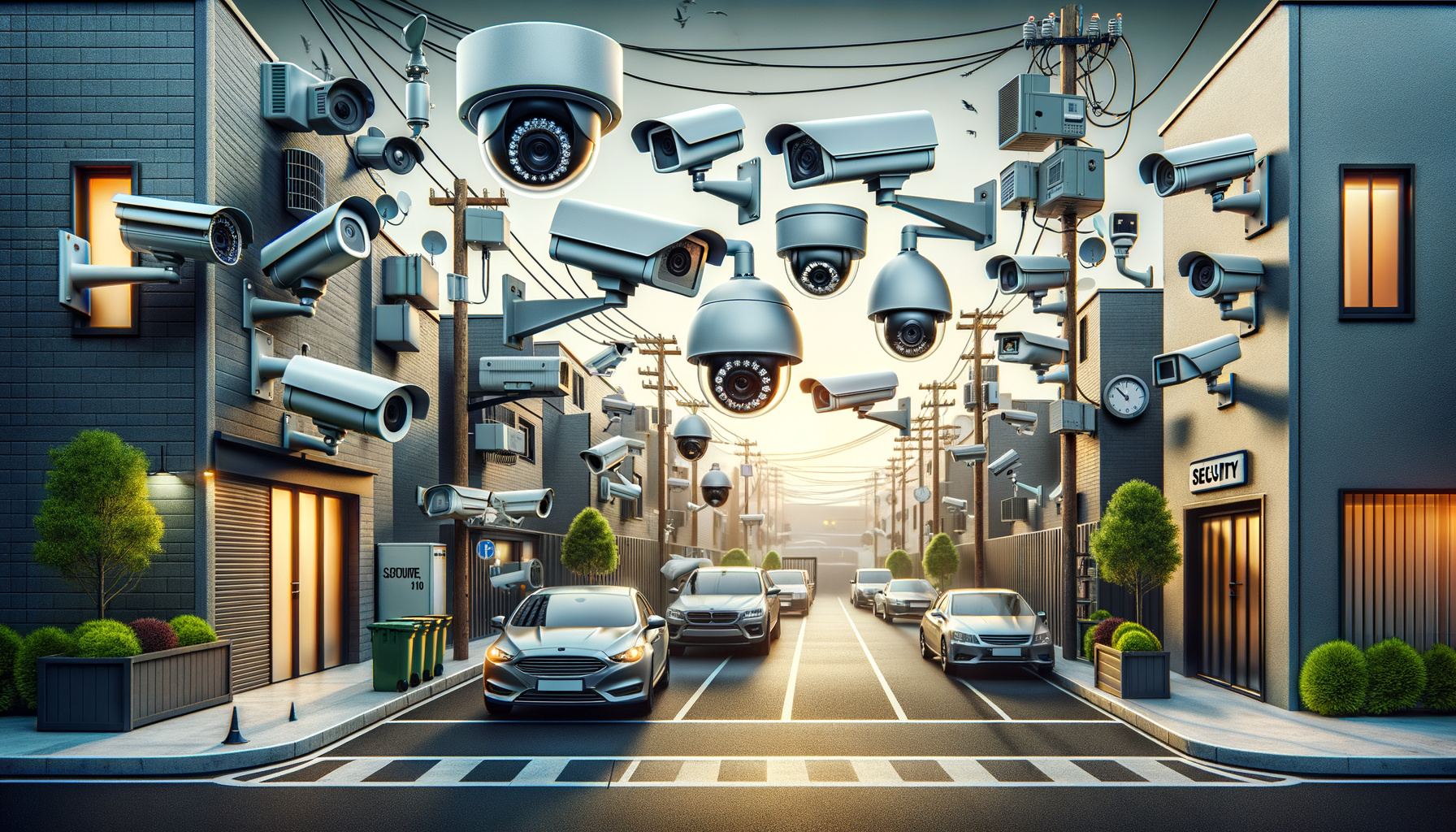Enhancing Security: The Role of Surveillance Cameras in Modern Safety
Security and surveillance cameras play a crucial role in enhancing safety and monitoring environments.

Introduction to Security & Surveillance Cameras
In an era where safety and security are paramount, surveillance cameras have become an integral part of our daily lives. Whether it’s safeguarding homes, businesses, or public spaces, these devices serve as the vigilant eyes that never sleep. The technology behind security cameras has evolved dramatically, offering a range of features that cater to various needs and preferences. From simple monitoring to advanced analytics, surveillance cameras are indispensable tools in the modern world.
Types of Security Cameras: Choosing the Right Fit
Security cameras come in various forms, each designed to meet specific requirements. The most common types include:
- Dome Cameras: Known for their discreet design, dome cameras are often used in retail and office environments. Their spherical shape makes it difficult for potential intruders to determine the direction of the lens.
- Bullet Cameras: These are typically used outdoors due to their long range and are easily recognizable by their cylindrical shape. They are ideal for monitoring large areas such as parking lots.
- PTZ Cameras: PTZ stands for Pan-Tilt-Zoom, allowing the camera to move and zoom in on specific areas. These are perfect for situations requiring active monitoring.
- IP Cameras: These cameras transmit data over the internet and offer high-resolution video. They are suitable for both indoor and outdoor use and can be accessed remotely.
Choosing the right camera depends on factors such as the area to be monitored, lighting conditions, and the level of detail required. Understanding these differences can help in selecting the appropriate surveillance solution.
Technological Advancements in Surveillance Cameras
The field of surveillance technology is constantly evolving, with innovations aimed at enhancing security and user experience. Some of the notable advancements include:
- High-Resolution Imaging: Modern cameras offer high-definition video quality, ensuring clear and detailed footage. This is crucial for identifying individuals and objects.
- Night Vision: Infrared technology allows cameras to capture clear images even in low-light conditions, making them effective for 24/7 monitoring.
- Artificial Intelligence: AI-powered cameras can detect unusual activity, recognize faces, and even differentiate between humans and animals, reducing false alarms.
- Cloud Storage: Storing footage in the cloud ensures that it is safe from tampering and can be accessed from anywhere, providing added convenience and security.
These technological advancements make surveillance cameras more efficient and reliable, offering peace of mind to users.
Legal and Ethical Considerations
While surveillance cameras offer numerous benefits, they also raise legal and ethical questions. Privacy concerns are at the forefront, as cameras can potentially infringe on individuals’ rights. It is essential to strike a balance between security and privacy by adhering to legal guidelines and ensuring transparent use of surveillance systems.
Some key considerations include:
- Compliance with Laws: Different regions have specific regulations regarding surveillance. It’s crucial to understand and comply with these laws to avoid legal repercussions.
- Transparency: Informing individuals about the presence and purpose of cameras can help mitigate privacy concerns.
- Data Protection: Ensuring that recorded footage is secure and only accessible to authorized personnel is vital in maintaining trust and integrity.
By addressing these considerations, users can responsibly leverage surveillance technology while respecting individual privacy.
Conclusion: The Future of Security & Surveillance Cameras
As technology continues to advance, the potential for security and surveillance cameras to enhance safety and security is immense. These devices are not only deterrents to crime but also valuable tools for gathering evidence and monitoring environments. The ongoing development of features such as AI and cloud integration promises to further revolutionize the field, offering smarter and more efficient solutions.
For individuals and businesses alike, investing in surveillance cameras is a proactive step towards ensuring safety and peace of mind. By understanding the different types, technological advancements, and legal considerations, users can make informed decisions that best suit their security needs. As we move forward, the role of surveillance cameras will undoubtedly expand, continuing to play a crucial part in safeguarding our world.